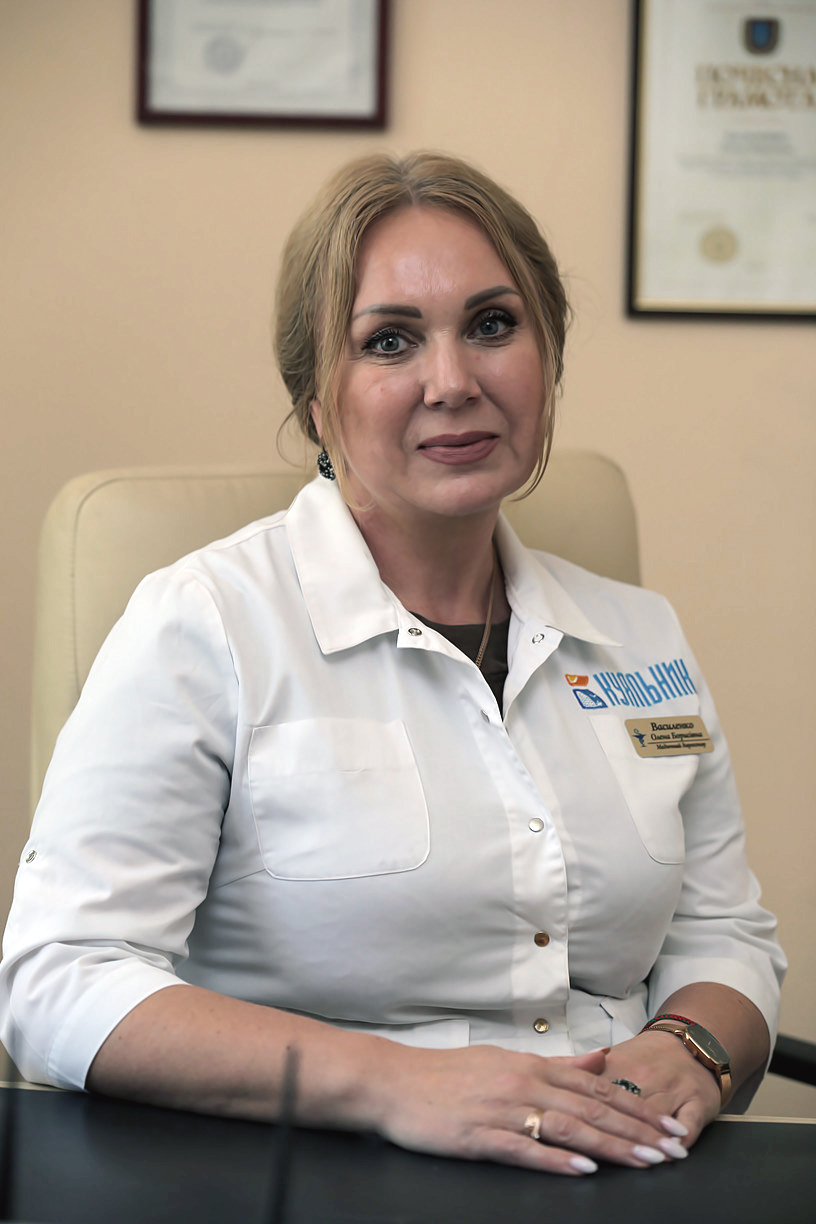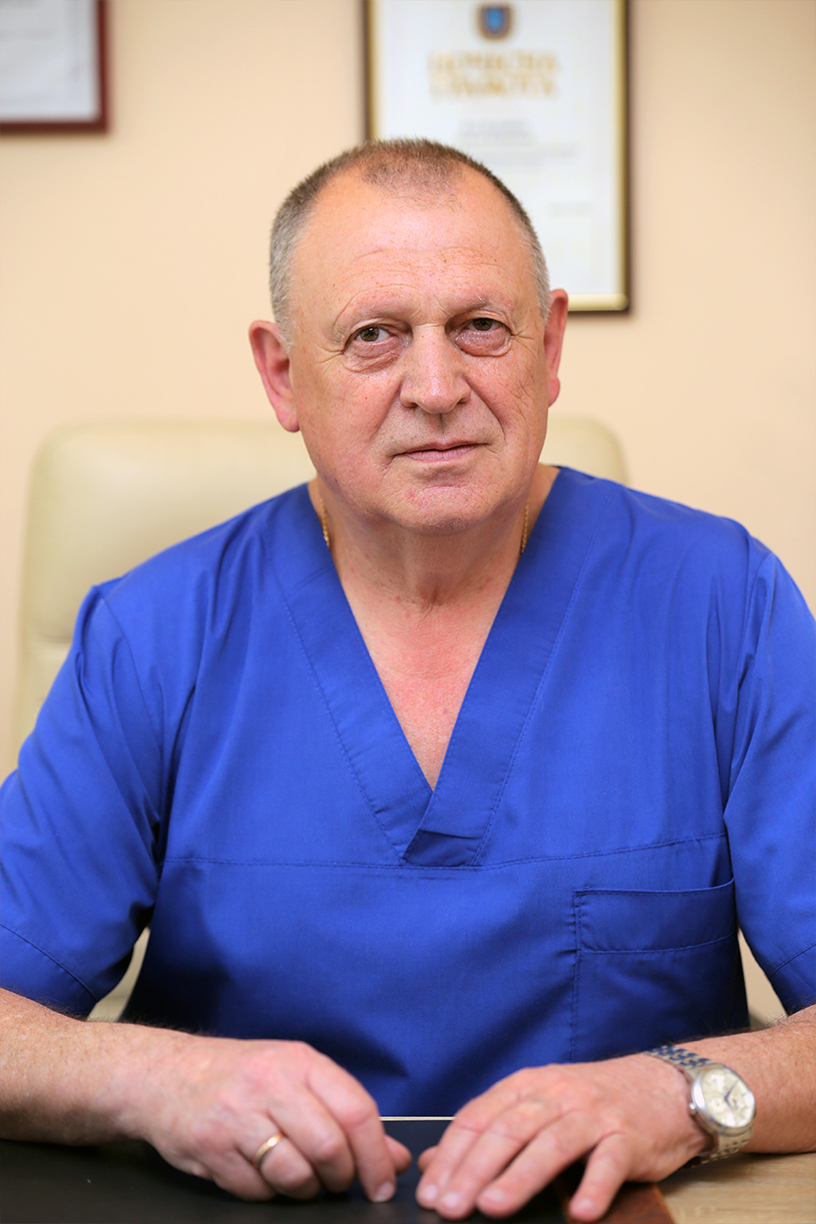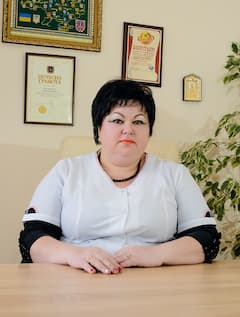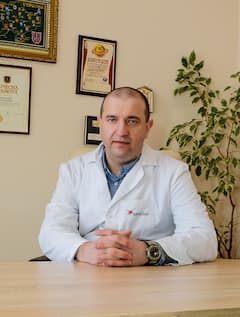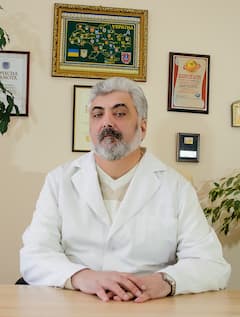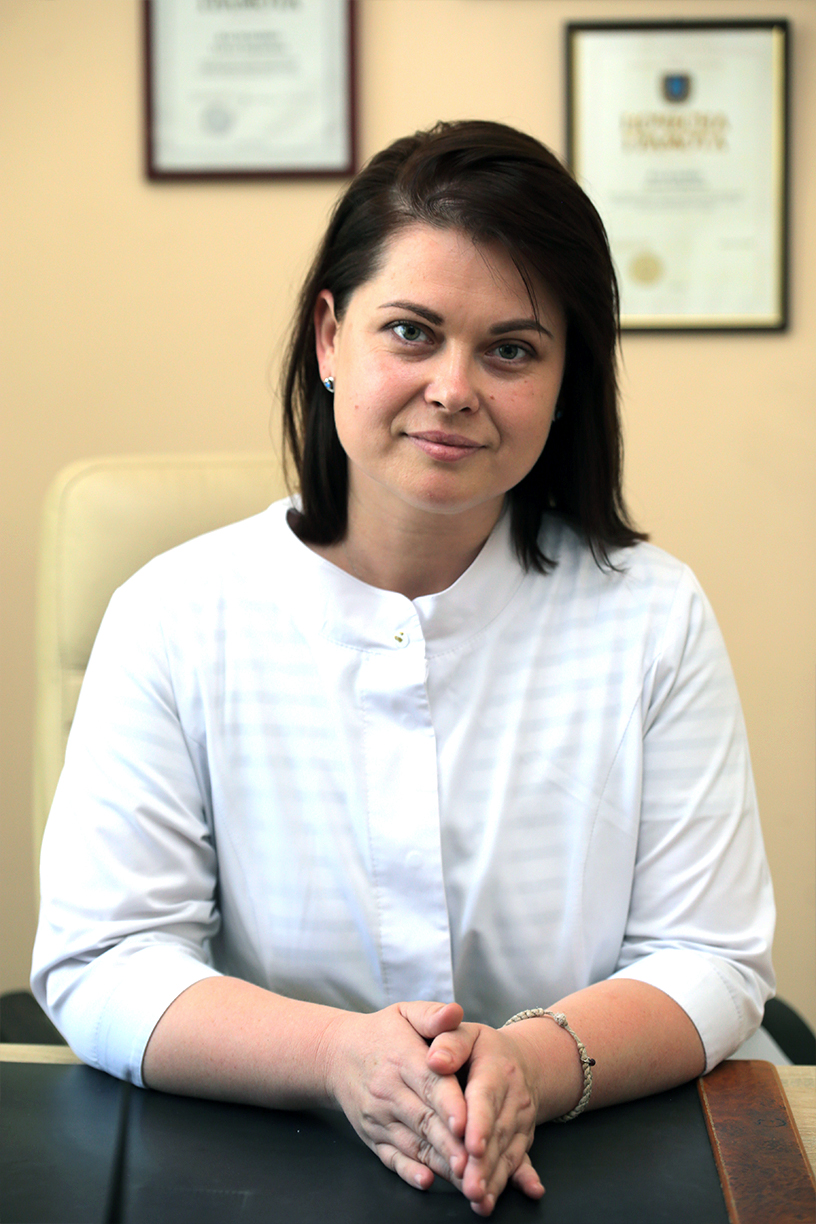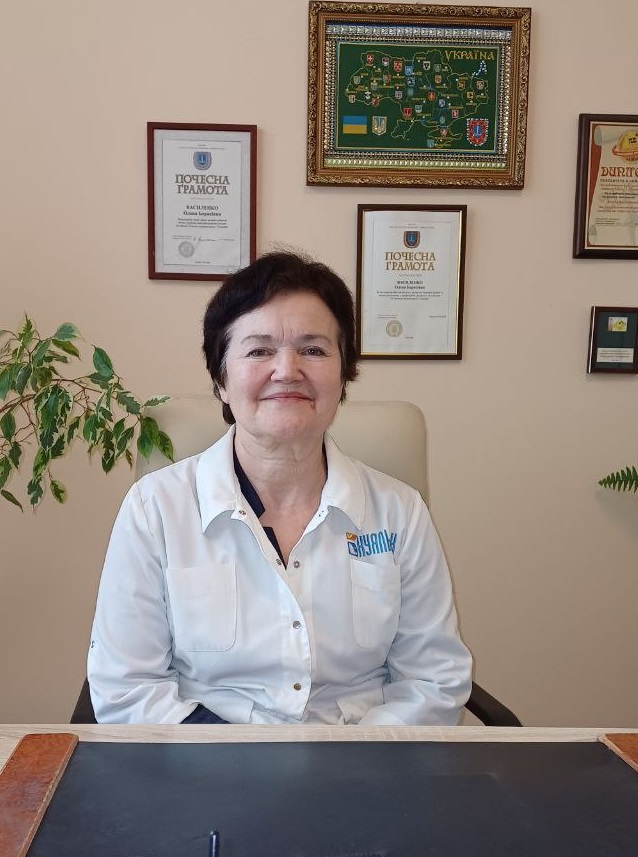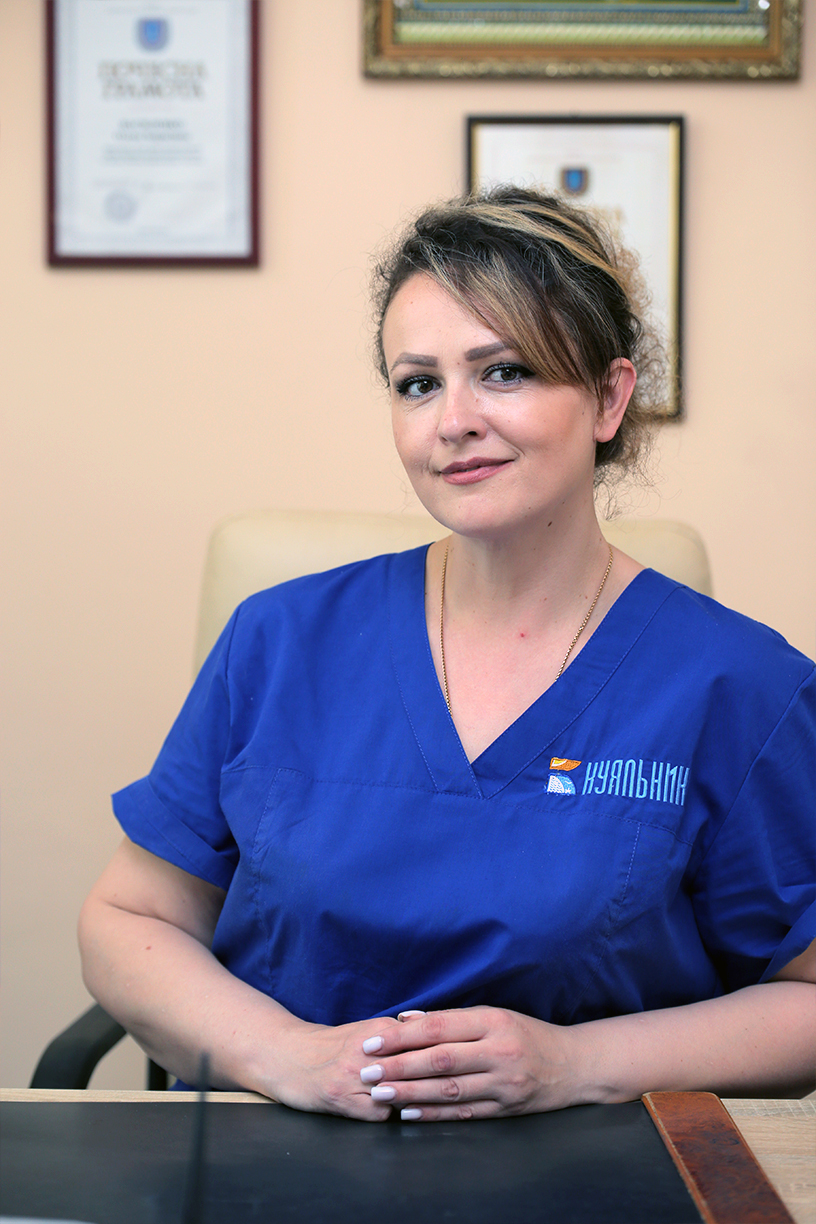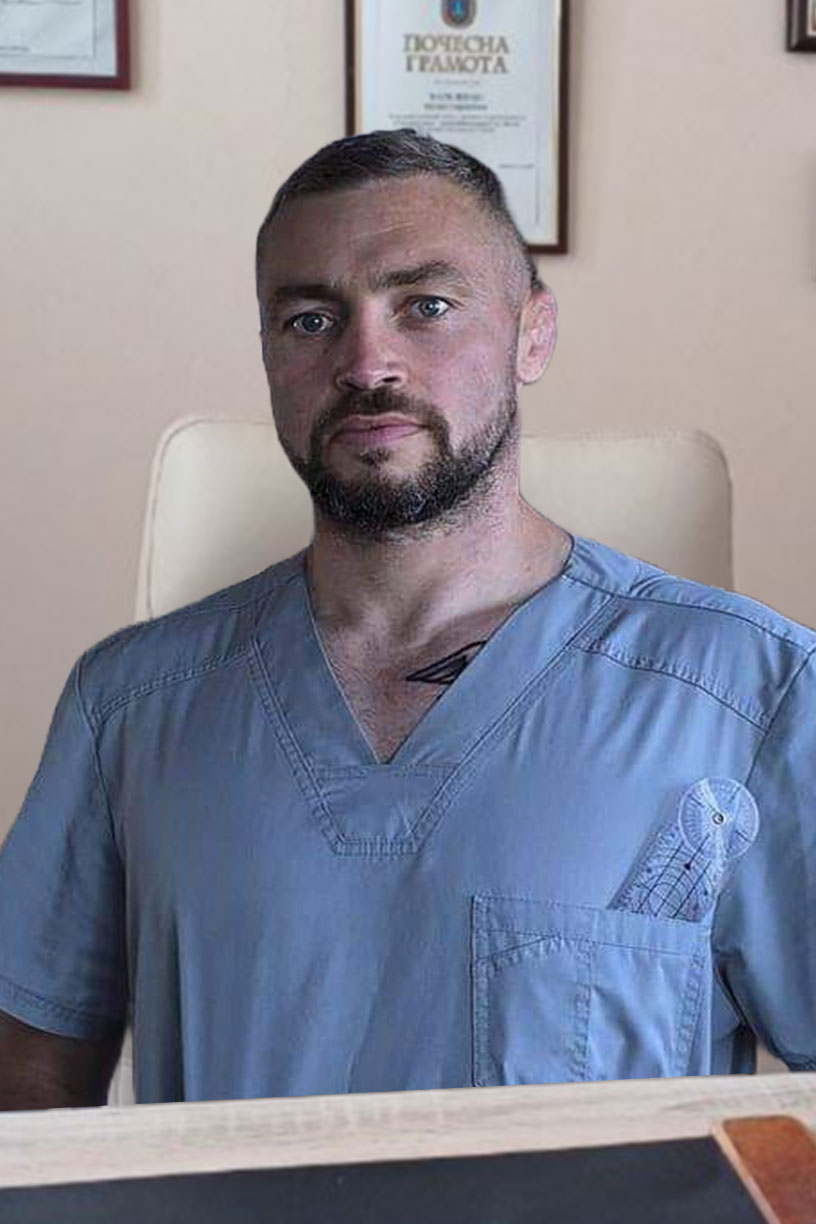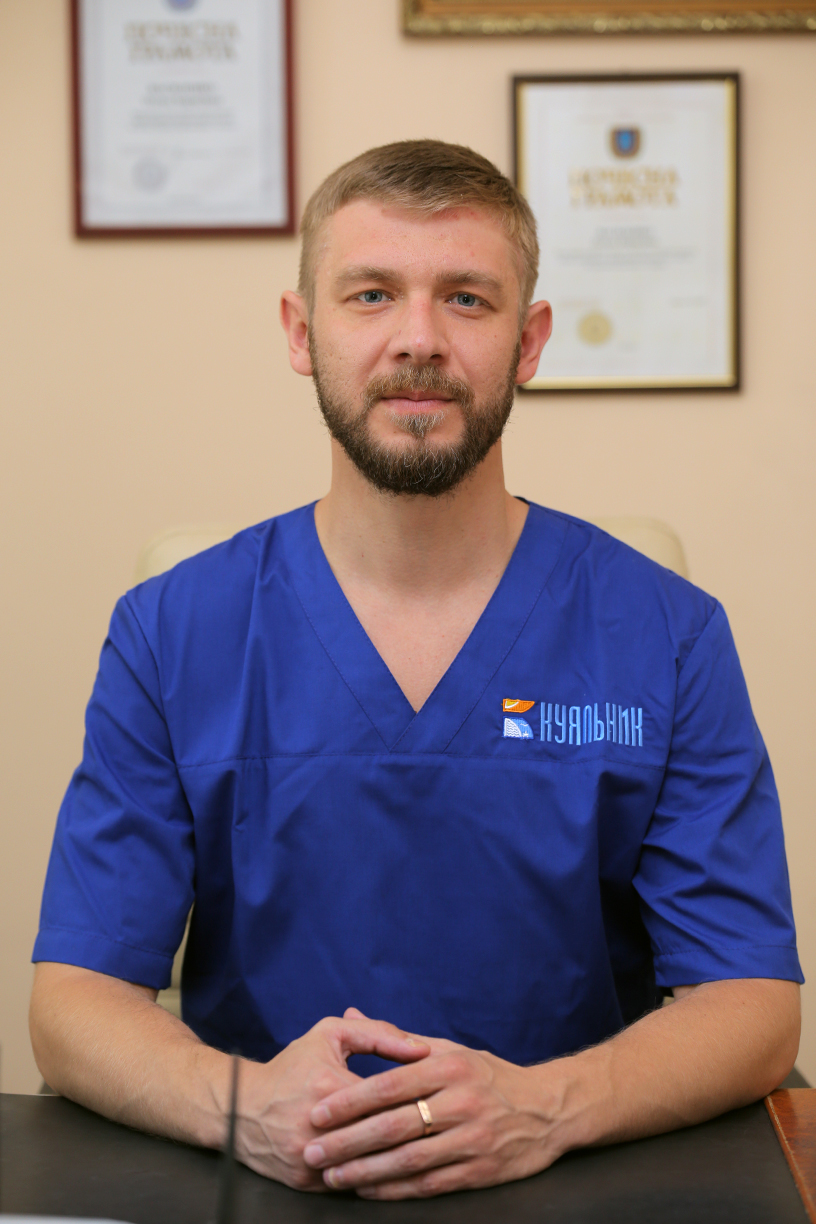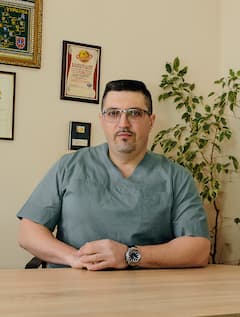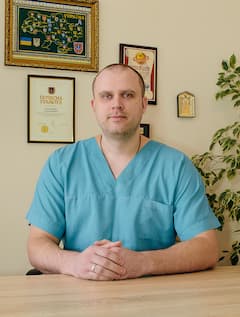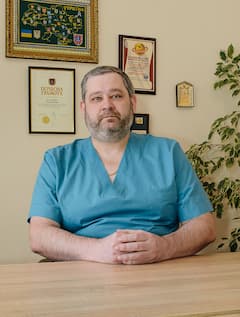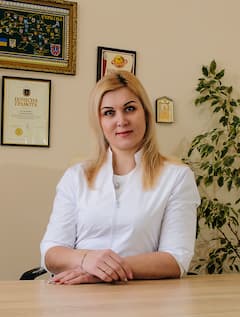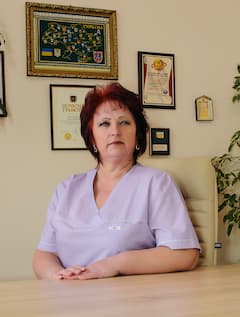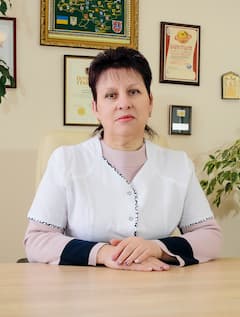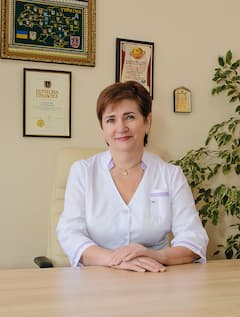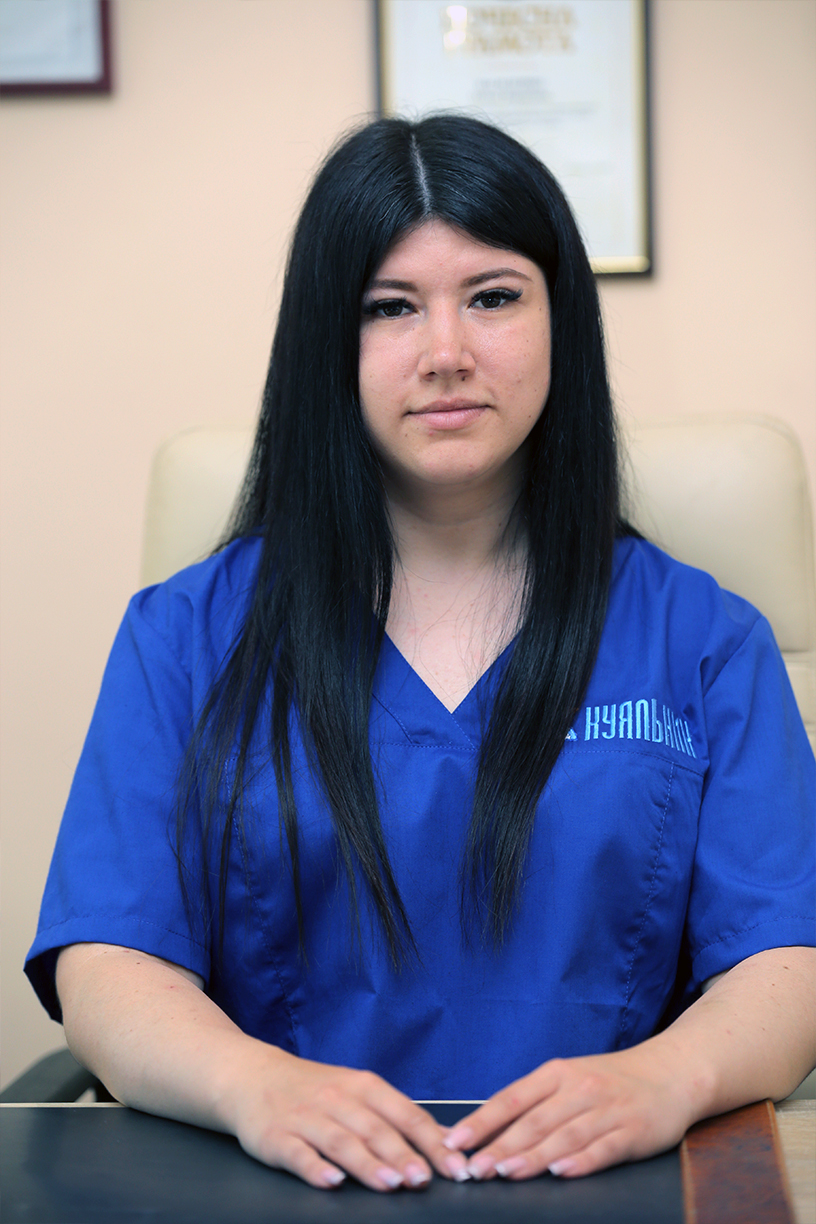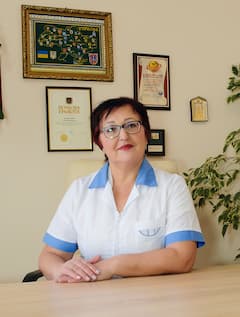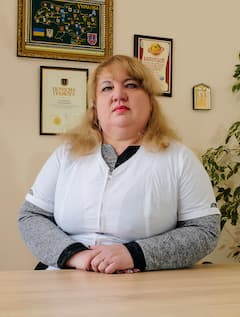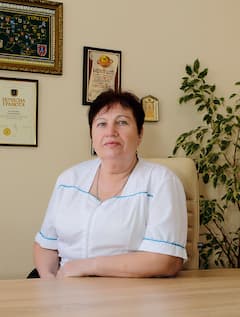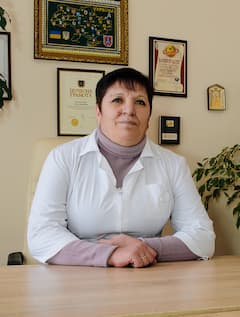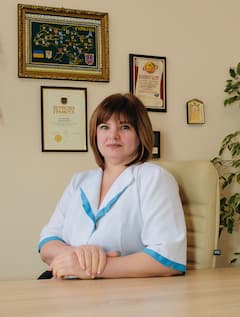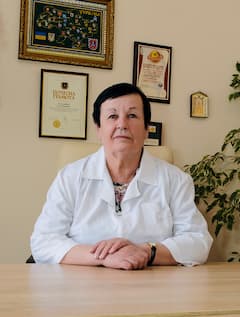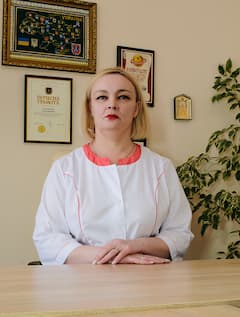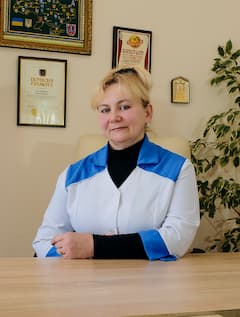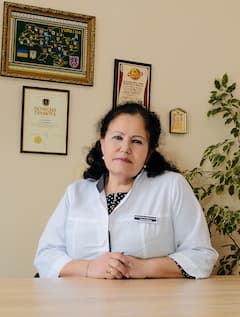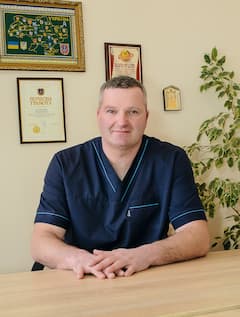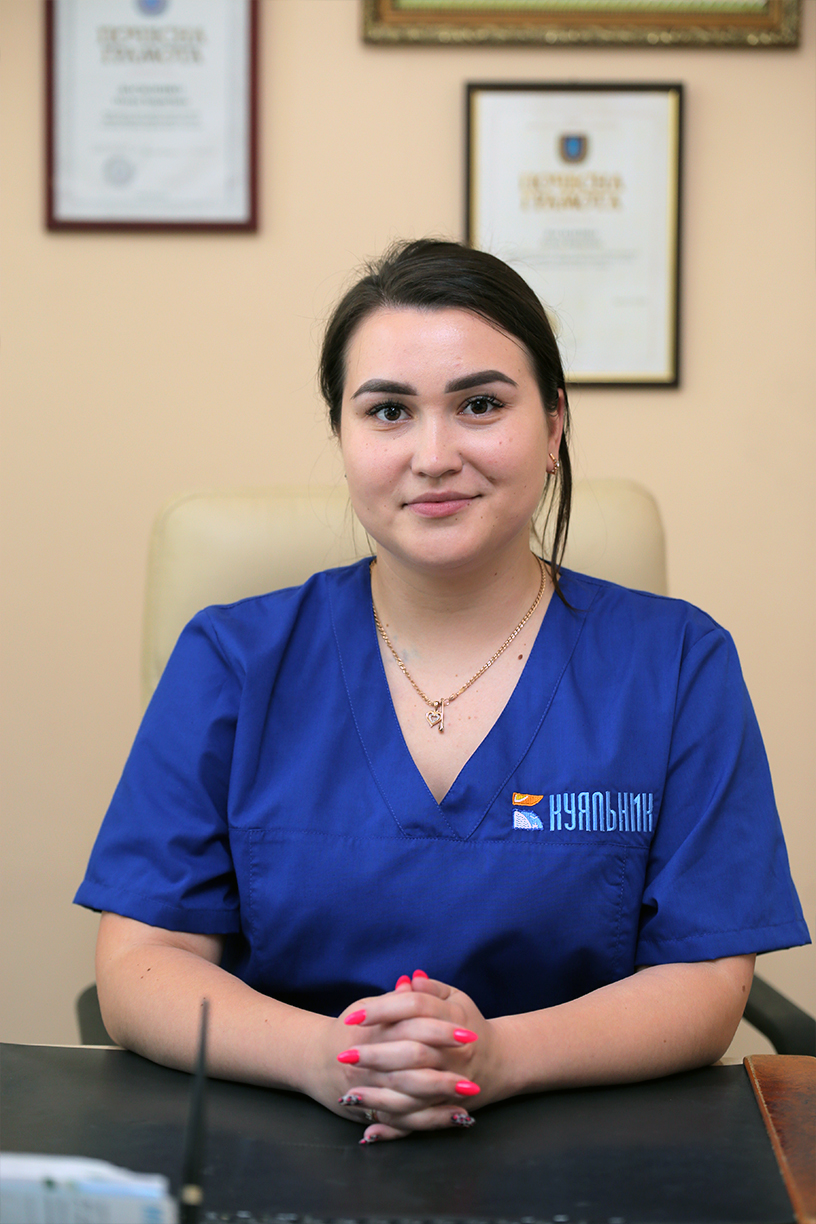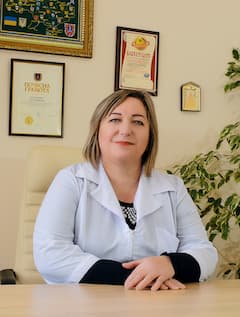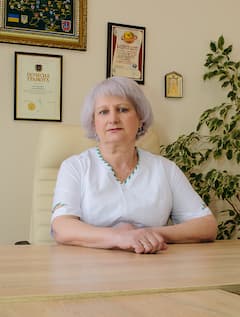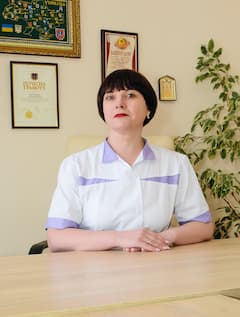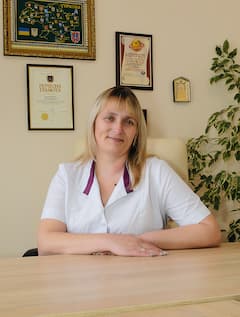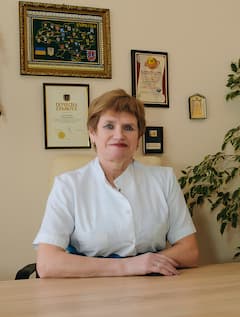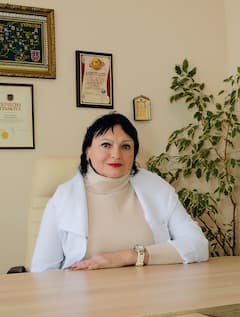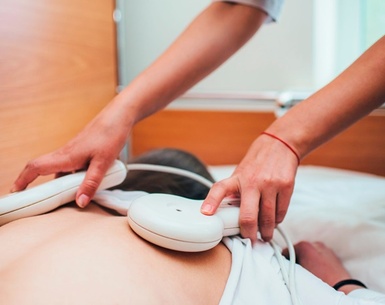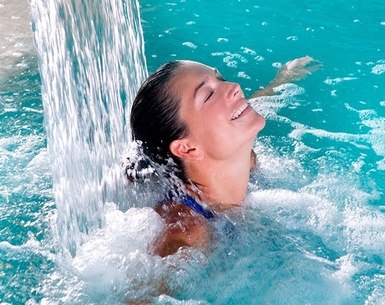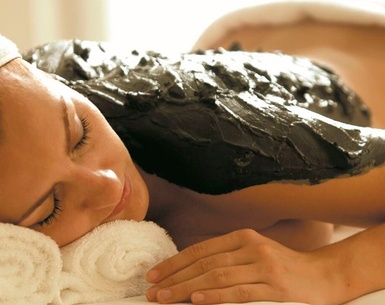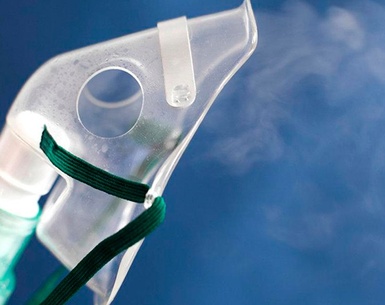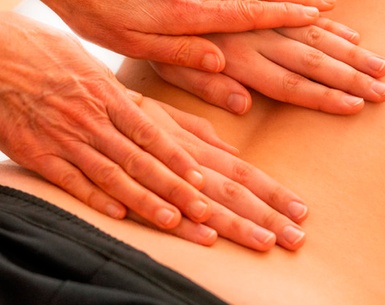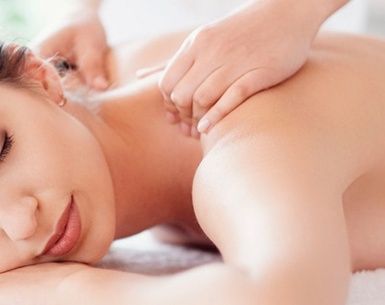Pirogov Sanatorium, Kuyalnik Resort, has extensive experience in treating vegetovascular dystonia (VVD), offering patients a comprehensive approach that combines natural treatment methods and modern medical technologies. VVD, also known as autonomic dysfunction, vegetoneurosis, or neurocirculatory dystonia, is not an independent disease but a consequence of the functional state of the central nervous and autonomic systems. This condition can significantly worsen overall well-being, manifesting with numerous symptoms, including functional disorders of various organs and systems.
Causes of Vegetovascular Dystonia
VVD can develop due to various factors, including:
- Genetic Predisposition
- Nervous Stress and Emotional Overload
- Hormonal Imbalance
- Psycho-emotional Disorders
- Unhealthy Lifestyle and Bad Habits
Vegetovascular dystonia can be a consequence of any pathological process in the body, such as endocrine disorders, heart diseases, infections, or chronic illnesses. Often, it arises after stress, overwork, or psycho-emotional strain.
Symptoms of Vegetovascular Dystonia
Symptoms of VVD can be diverse and include over 150 manifestations. The most common symptoms include:
- Headaches, dizziness, and fainting
- Insomnia
- Chronic fatigue
- Heart irregularities
- Neurotic disorders (irritability, anxiety, mood swings)
- Shortness of breath
- Frequent fever
- Cold and cramps in the limbs
- Gastrointestinal disorders
Treatment Procedures at Pirogov Sanatorium
The treatment of VVD at Kuyalnik Resort is based on a combination of mud therapy, balneotherapy, physiotherapy, and psychotherapy. By using natural factors such as therapeutic mud and brine from Kuyalnik estuary, significant improvement in patients' conditions is achieved.
-
Mud Therapy:
- Mud applications, compresses, and wraps. The therapeutic mud from Kuyalnik estuary is rich in microelements that penetrate through the skin, stimulate the work of all organs, and improve overall body condition.
-
Balneotherapy:
- Pine-brine and bromine-brine baths, brine pool, underwater massage, Charcot shower. The brine contains a high amount of iodine and bromine, which helps normalize the function of the central and autonomic nervous systems.
-
Physiotherapy:
- Electrosleep, electrophoresis, amplipulse, interdin, magnetolaser, magnetotherapy, darsonval. These procedures help relieve nervous tension, improve blood circulation, and enhance metabolic processes in the body.
-
Climatotherapy:
- Thanks to the unique climate of Kuyalnik estuary, patients receive natural relaxation and overall health improvement. Climatotherapy helps improve emotional state, normalize cardiovascular function, and enhance metabolism.
-
Psychotherapy and Aromatherapy:
- Psychotherapy sessions and aromatherapy help reduce stress and anxiety levels, improve mood, and enhance the overall emotional state of patients.
-
Therapeutic Exercises and Massages:
- Individually tailored sets of therapeutic exercises and massages help improve physical condition, relieve muscle tension, and strengthen the body.
Diagnosis and Treatment of VVD
For diagnosing VVD, the sanatorium conducts a comprehensive examination of the body, including electrocardiogram, heart ultrasound, CT, MRI, and other studies depending on the patient's complaints. The treatment of VVD is comprehensive and aimed at eliminating the causes of the disease, normalizing the nervous system's function, and improving overall health.
Pirogov Sanatorium, Kuyalnik Resort, offers an individualized approach to each patient, developing effective treatment programs using unique natural resources and modern therapy methods.

